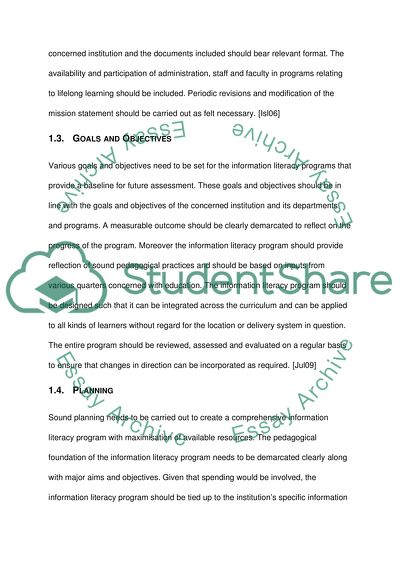Cite this document
(“Information Literacy Assignment Example | Topics and Well Written Essays - 2750 words”, n.d.)
Retrieved de https://studentshare.org/literature/1391588-information-literacy
Retrieved de https://studentshare.org/literature/1391588-information-literacy
(Information Literacy Assignment Example | Topics and Well Written Essays - 2750 Words)
https://studentshare.org/literature/1391588-information-literacy.
https://studentshare.org/literature/1391588-information-literacy.
“Information Literacy Assignment Example | Topics and Well Written Essays - 2750 Words”, n.d. https://studentshare.org/literature/1391588-information-literacy.


